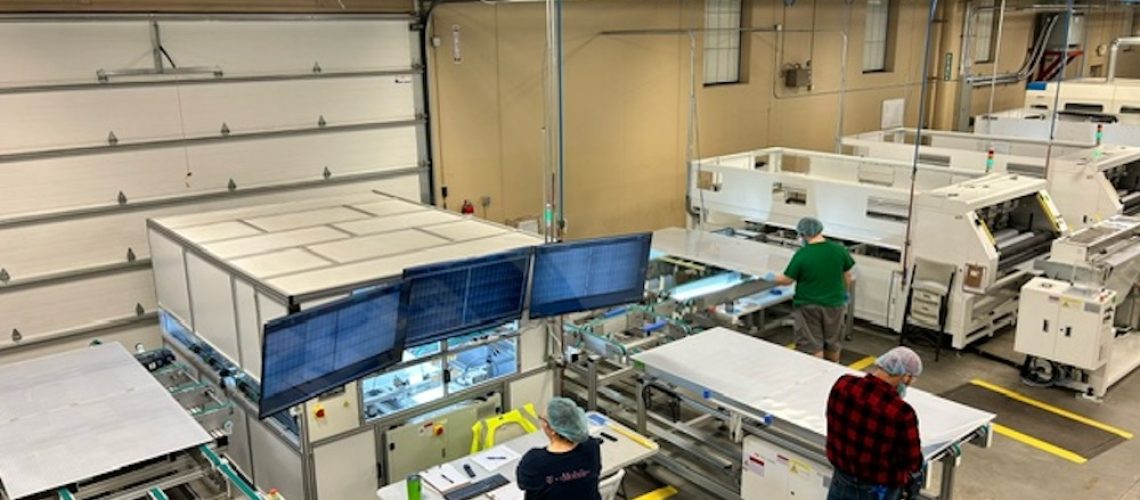U.S. President Joe Biden issued a proclamation to holds tariff on crystalline silicon PV cells that at 14.25% while allowing up to 12.5 GW to be imported, up from 5 GW. These include cells whether or not partially or fully assembled into other products, and is effective as of August 1, 2024.
The solar tariffs date back to 2018 when signed into law by former President Donald Trump. The purpose of section 201 of the 1974 trade act was to limit imports while giving the U.S. time to ramp up a domestic solar supply chain. It wasn’t until four years later after the Biden administration passed the Inflation Reduction Act (IRA) of 2022 that a domestic solar supply chain began its upward trajectory.
In April the American Alliance for Solar Manufacturing Trade Committee coalition, made up of a group of manufacturers led by Qcells, signed a petition that alleged that four Southeast Asian nations are exporting dumped goods from China, making it difficult for domestic manufacturers to compete on cost. The companies said the current “manufacturing renaissance” in the United States is under threat from heavily subsidized Chinese cells and modules that are alleged to be in infraction with antidumping and countervailing duty (AD/CVD) law.
The IRA’s tax credits and incentives have encouraged clean energy manufacturing in the United States with many companies announcing solar module manufacturing facilities. Earlier stages in the supply chain, however, like raw polysilicon, ingots, wafers, and solar cell manufacturing have lagged, creating gaps in the domestic supply chain. The new proclamation is intended to “further facilitate positive adjustment to competition from imports of certain crystalline silicon PV cells,” while U.S.-made solar cell capacity ramps up.
Popular content




